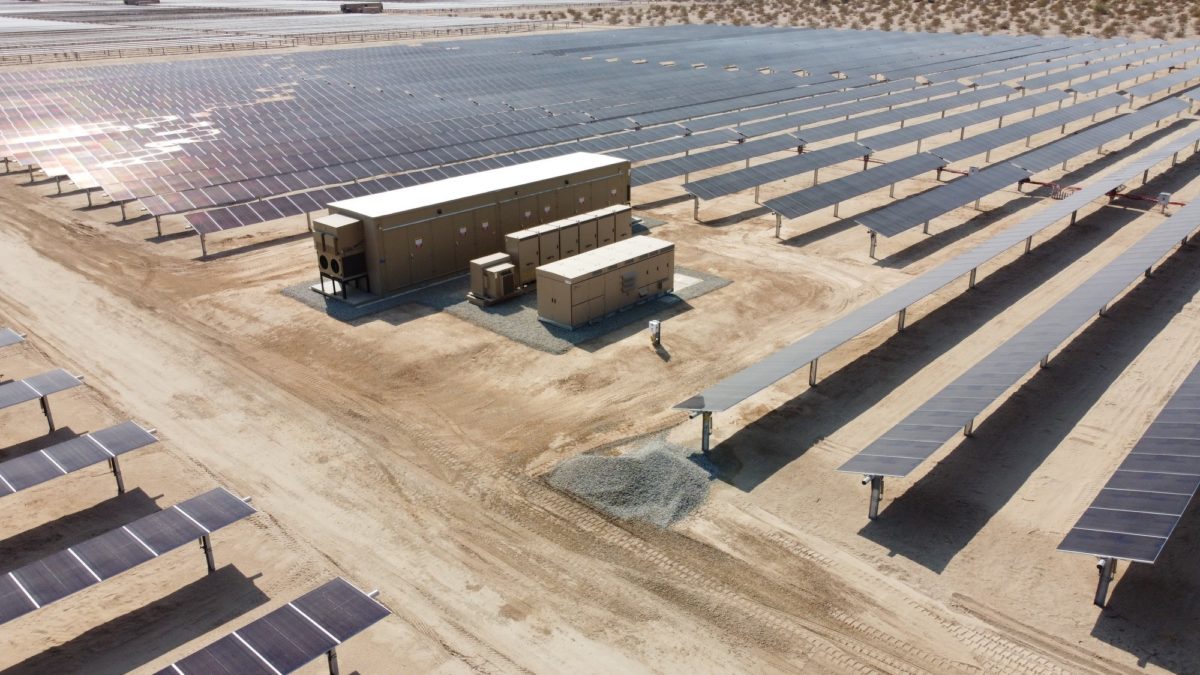The California Energy Commission (CEC) is looking to speed up the energy storage development process in order to meet aggressive installation requirements.
The CEC said that the state faces an energy supply shortfall of up to 3,500 MW in 2021 and up yo 5,000 MW for the summer of 2022. It blamed climate change for threatening the state’s energy supply and limiting the amount of energy that can be imported to meet daily demand.
And while the state has managed to reach around 2 GW/8 GWh of energy storage that is connected to the power grid over the past year, groups have voiced concerns over long wait times for projects in the development queue.
One state agency seems to be aware of these concerns, and is moving to correct the situation.
On September 8, the CEC began discussing improvements to the approval process. The proposed order would establish a process aimed at expediting licenses for battery storage systems of 20 MW or more and that the commission determines are capable of discharging for at least two hours. Systems would need to deliver net peak energy by Oct. 31, 2022. In exchange, license approval would be granted in less than 45 days from when an application is filed.
Evidence suggests that California, when pressed, will be able to install the much needed capacity on schedule.
After the Aliso Canyon methane methane gas leak in 2015, the state installed multiple lithium-ion battery energy storage facilities in just a few months after an emergency was declared.
Three battery manufacturers – AES, Tesla, and Greensmith – brought online 70 MW/280 MWh of power at multiple hour ratings each within six months.
The volume of energy storage being installed in 2015-2016 was massive. At the time, it was roughly equal to all of the lithium ion energy storage installed in the entire United States. As a result of the single procurement, the United States’ deployed battery capacity doubled in six months.
Again, in 2019, state utility regulators pushed to increase the amount of juice hitting the grid as expected electricity shortfalls brought renewed attention to the topic.
As a result of the projected shortfalls, the state implemented aggressive procurement requests requiring facilities to come online before Aug. 31, 2021. The procurement goals were met by facilities including one of the world’s largest lithium ion facilities – Vistra’s Moss Landing 400 MW/1,600 MWh – and LS Power’s 250 MW/1,000 MWh.
In early September, the first phase of the Moss Landing facility was forced offline when an unspecified number of batteries overheated. News reports said that first responders instead found battery racks that had been scorched and wires melted.
In a statement, Vistra said that the storage facility experienced “an overheating issue with a limited number of battery modules.” The incident affected the facility’s Phase I 300 MW /1200 MWh system.
The CAISO grid broke 1 GW of instantaneous output in July, and has recently peaked just shy of 1.5 GW of output. More than 3 GW is expected to come online before the end of 2021.
More broadly, the U.S. Energy Storage Monitor report said that 345 MW of new energy storage systems were brought online across the United States during the second quarter of 2021. That was an increase of 162% over the same quarter in 2020, making the quarter the second-largest on record by megawatts. The report said that market momentum continues to build, with an “unprecedented volume” of storage expected to come online in the second half of the year. Storage projects representing over $5 billion of investment are expected to come online this year.
This content is protected by copyright and may not be reused. If you want to cooperate with us and would like to reuse some of our content, please contact: editors@pv-magazine.com.








By submitting this form you agree to pv magazine using your data for the purposes of publishing your comment.
Your personal data will only be disclosed or otherwise transmitted to third parties for the purposes of spam filtering or if this is necessary for technical maintenance of the website. Any other transfer to third parties will not take place unless this is justified on the basis of applicable data protection regulations or if pv magazine is legally obliged to do so.
You may revoke this consent at any time with effect for the future, in which case your personal data will be deleted immediately. Otherwise, your data will be deleted if pv magazine has processed your request or the purpose of data storage is fulfilled.
Further information on data privacy can be found in our Data Protection Policy.